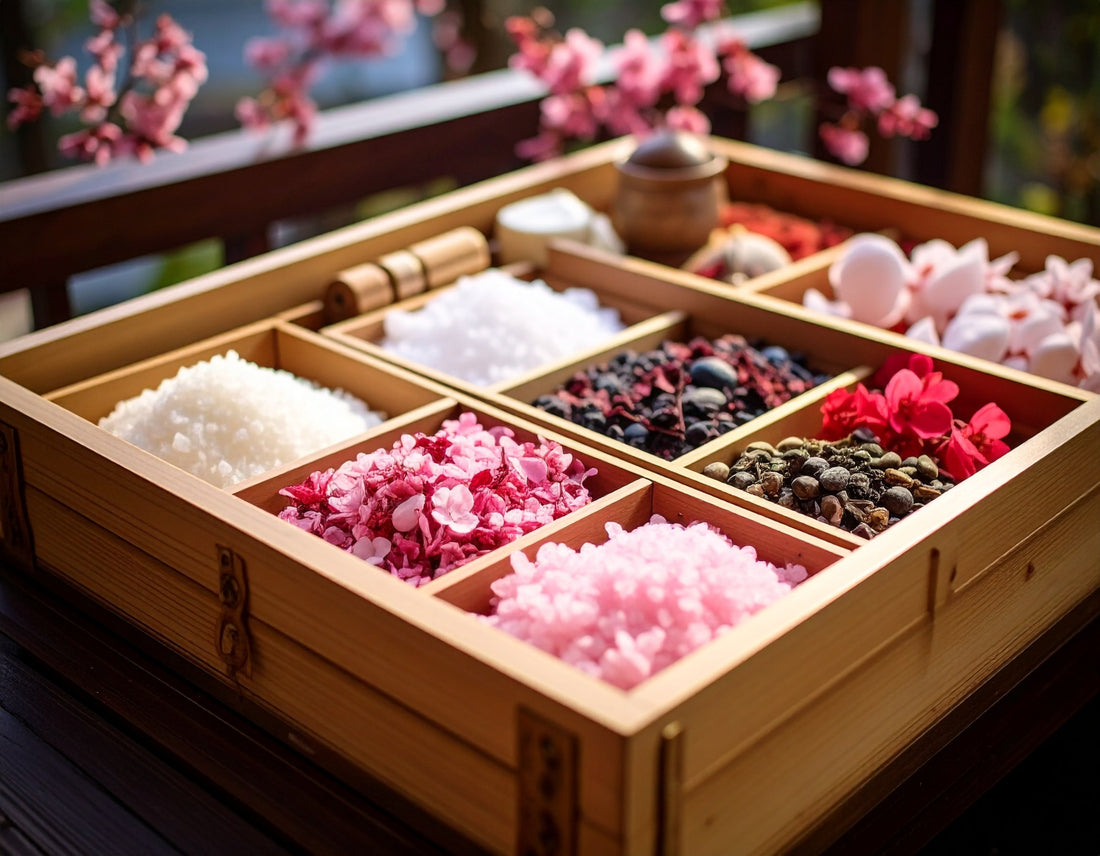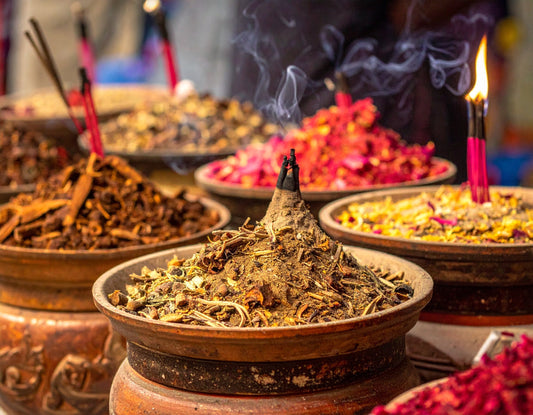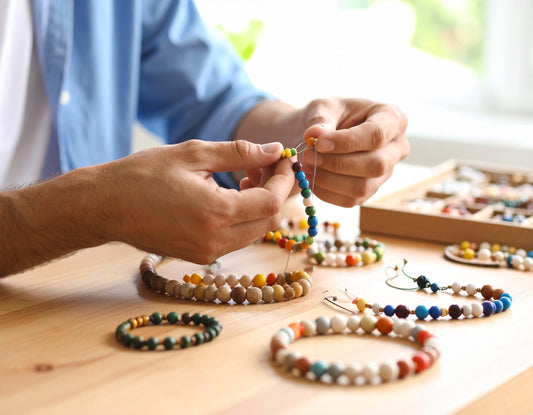
The secrets of the Japanese bath: a well-being ritual to purify and refocus
Share
The secrets of the Japanese bath: a well-being ritual to purify and refocus
In our daily lives, often punctuated by stress and the race against time, there is an age-old ritual that invites us to slow down, breathe, and reconnect with ourselves: the Japanese bath , or ofuro .
🪷 An ancestral art of purification
The Japanese bath is not just a moment of relaxation: it's a true purification ritual, stemming from Buddhist traditions. In temples, hot water was used to cleanse the body... but above all to purify the mind. Today, this holistic approach to well-being continues in Japanese homes.
Before entering the bath, the body is completely washed outside the tub. The water in the ofuro thus remains pure, a symbol of clarity and balance. One then enters slowly, silently, as if into a sanctuary.
📜 A bit of history: the origins of the Japanese bath
The history of Japanese bathing dates back over a thousand years. In ancient Japan, the first public baths, called sento , appeared in the 6th century, influenced by Buddhist practices from China. Bathing was then seen as a form of spiritual as well as physical purification.
Over the centuries, bathing became a common practice in Japanese daily life, both in temples and in homes. Onsen , natural thermal baths, also became very important, taking advantage of the country's many volcanic hot springs. Bathing thus became a moment of relaxation, socialization, and rejuvenation.
From the Edo period (1603–1868), sento spread throughout the cities, and the Japanese bath took on its most ritualized form: silence, cleanliness, warmth, natural wood. Even today, these traditions persist in modern Japanese homes through the ofuro , often deeper than our Western bathtubs.

🌿 A sensory and soothing immersion
The ofuro is often made of hinoki cypress wood, known for its antiseptic properties and relaxing fragrance. The water is very hot (between 40°C and 42°C) and envelops the entire body. The goal is not to wash, but to deeply relax , release tension and anchor oneself in the present moment.

This ritual promotes:
- muscle relaxation
- blood circulation
- stress relief
- the feeling of mental purification
- inner refocusing
🌸 Integrate the Japanese bath into your daily life
You don't need to live in Japan to enjoy the benefits of this ritual. Here are a few simple steps to create your own Japanese-style wellness bath at home:
- Prepare your space : dim lighting, silence or soft music, essential oils of wood, sandalwood or lavender.
- Take a shower beforehand to respect the purification ritual.
- Fill your bathtub with very hot water (around 40°C).
- Add some natural elements : mineral salts, dried flowers, or even a hot pebble.
- Sit in the bath mindfully. Breathe, relax. Don't look for anything... just be there.
- After the bath , wrap yourself in a warm towel and stay calm for a few minutes to prolong the refocusing effect.
🧘♀️ The Japanese bath: more than a treatment, an art of living
Through this ritual, Japan teaches us that it is possible to transform a simple everyday gesture into a sacred moment. Taking a Japanese bath is to offer a space of silence within oneself , a moment outside of time to welcome peace, clarity and balance.
👉 Want to make it a ritual? Find the full article on my website (link in bio) and immerse yourself in the Zen world of Japanese bathing.



